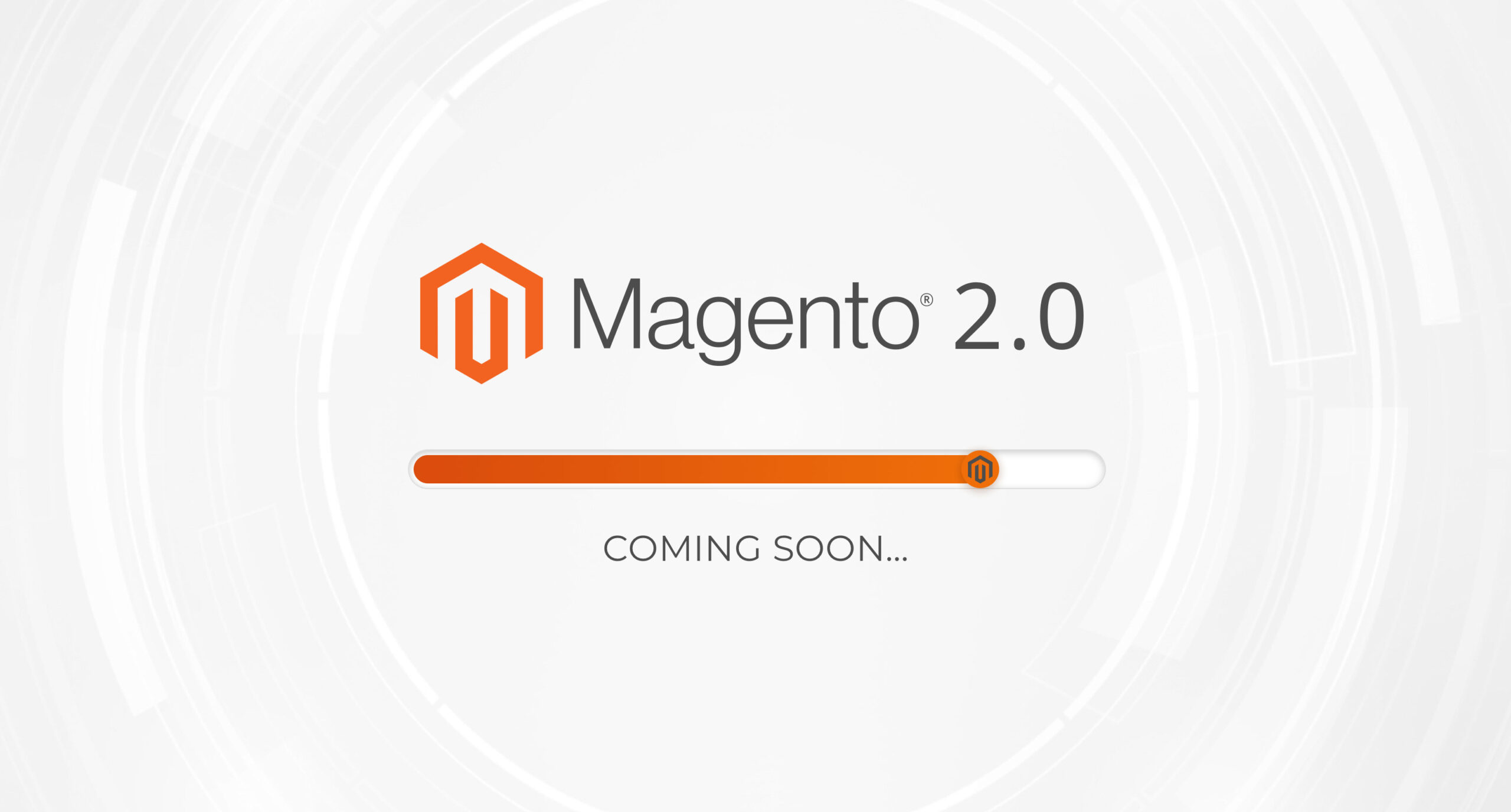Magento is a fast growing ecommerce platform that distinguishes itself through dynamic functionality, flexible application, and open source development. The much anticipated release of Magento 2.0 Enterprise was recently confirmed. A closer look at the release details will help clear up some of the confusion regarding the next stage of evolution for Magento.
There are numerous new features that have been recently hinted at and surprised. Some of the most notable predicted and promised changes include:
- A fundamental retooling and new look
- User-friendly interface with a visually based drag and drop editor
- An update to the very latest responsive web design best practices
- The ability to compete with high end ecommerce platforms through scalable transaction options
A More User-Friendly Platform
Easy upgrades and implementation have made Magento a preferred ecommerce platform for many web designers. The open source character also offers tech-savvy users a great deal of flexibility. The extensions and plug-ins that set Magento apart from other open source ecommerce solutions were a big initial step forward. Less tech fluent users sometimes struggled to make use of Magento’s full potential. Magento 2.0 Enterprise promises to have the familiar stack of storefront options deployed in a more user-friendly manner. Designers will have an easier time delivering a precisely crafted user experience for customers.
In Keeping With Responsive Web Design Best Practices
The most recent Magento version propelled the platform to a much higher degree of responsive design; version 2.0 is likely to continue this trend. Maintaining the highest possible level of responsive design compatibility ensures seamless compatibility with tablets, smart phones, smart watches, and traditional computing devices. As the number and variety of devices used to access the Internet proliferate, responsive web design remains the most effective strategy to ensure a balanced experience regardless of hardware and OS configurations.
Storefront functions have to provide a seamless progression from one stage to another. Customers lose confidence in a site without a smoothly functioning storefront, which can cost a vendor a lot of money in lost sales. Given that people are using smart phones and tablet devices to do many of their most frequent online tasks, creating storefronts in keeping with responsive design best practices is essential.
Fundamentally revisiting Magento’s responsive design compatibility may not be necessary so soon after the last release, though given the centrality of responsive design to today’s website accessibility concerns, we can expect that this aspect will not be ignored.
Something Entirely New
Though the details of the forthcoming 2.0 release are not fully known at this time, we do know that it is going to be a brand new take on the familiar platform. While Enterprise will retain the functionality, open source development, and dynamic approach to storefront development, a much stronger character is anticipated. Magento 2.0 will stand apart even more distinctly from other ecommerce platforms and even from other open source ecommerce platforms.
Developers interested in exploring Magento 2.0 as it develops will be able to do so via github. By accessing the main repository, users can request the addition or removal of features. This interactive aspect of development has the potential to make the forthcoming release even more market-ready. Since it is being created with recent technical feedback, we can probably expect 2.0 to be strongly relevant to the concerns of today’s more demanding users.
Drag and Drop Visual Design Editor
Visual design editors have become a popular interface for web-based design projects. These editors are intuitive, based as they are on the same visual interface that characterizes computers and smart phones. People already familiar with basic computer functionality will have no trouble using a visual design editor. Developing such an editor for a storefront platform is a new approach, and one that many people are looking forward to trying.
Though writing XML codes by hand remains a reasonable way to create an attractive, functioning application, the time required and the possibility of error have always been strikes against this particular strategy. Ultimately, a visual design editor has the potential to save developers a lot of time while also making competitive solutions available to non-programmers.
Ability to Scale to Transaction Volume
One of the primary drawbacks associated with the Magento thus far has been its inability to handle large transaction loads without considerable effort on the part of the developer. High end platforms like those from Oracle were the only option for companies looking for a reasonable solution to high transaction volume. Magento 2.0 looks to be changing that. It is expected that Enterprise will feature scalable features that can better accommodate even high sales volume without the need for extensive add-ons.
A New Option for Businesses of All Sizes
Magento 2.0 is anticipated to be a user-friendly, responsive, and characteristically dynamic approach to ecommerce with relevance to businesses of all sizes. 121eCommerce looks forward to exploring the full capacity of this new platform for the benefit of our clients. Looking for ecommerce solutions for your organization? Let our team help accelerate your business.
UPDATE – Magento released Magento 2.0 on November 17th, read why Magento 1 versions are going obsolete.


Leave a Reply
You must be logged in to post a comment.